Underwater world of Tinderbox Marine Reserve a delight for divers
Past fishing practices had left this marine environment nearly devoid of life. But now, 30 years after it was protected, “a whole new world” has emerged under the waves.
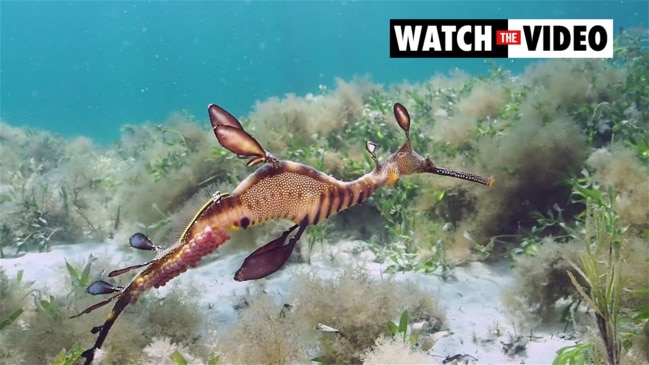
IT’S a stunning experience to dive in the pristine waters of Tinderbox Marine Reserve, past the undisturbed rock lobster, abalone and sea urchins on the sandy floor below.
Swim by the gloriously coloured wrasse hidden in the giant kelp, the longfin pike and bastard trumpeter, all amid crystal clear waters reminiscent of marine life in decades past.
The Seadragons Dive Group has a special affinity with this remarkable reserve, which has reached the milestone of 30 years since it was established as a protected ocean marine park and has since seen marine life flourish.
The scuba diving group has been a devotee of the reserve since it formed in 2017, but many members have dived in the reserve for decades longer, and they are looking forward to exploring the picturesque offerings for many more years.
“Almost immediately after the park was declared (protected), the fish came back, not just in numbers and size, but also in variety,” Seadragons president and diver of 40 years Michael Jacques said.
“Then when the park got to 30 years old, it was like someone flicked a switch, and the smaller marine life had gone into overdrive as well as the species we once fished.
“Even things that spend their life stuck to the bottom, like colourful little sea pens and sponges, have started to thrive everywhere on the sand.
“Fish that are only usually seen lying frozen on the bottom trying not to be seen, are now unafraid of humans and will follow divers around like puppies.”
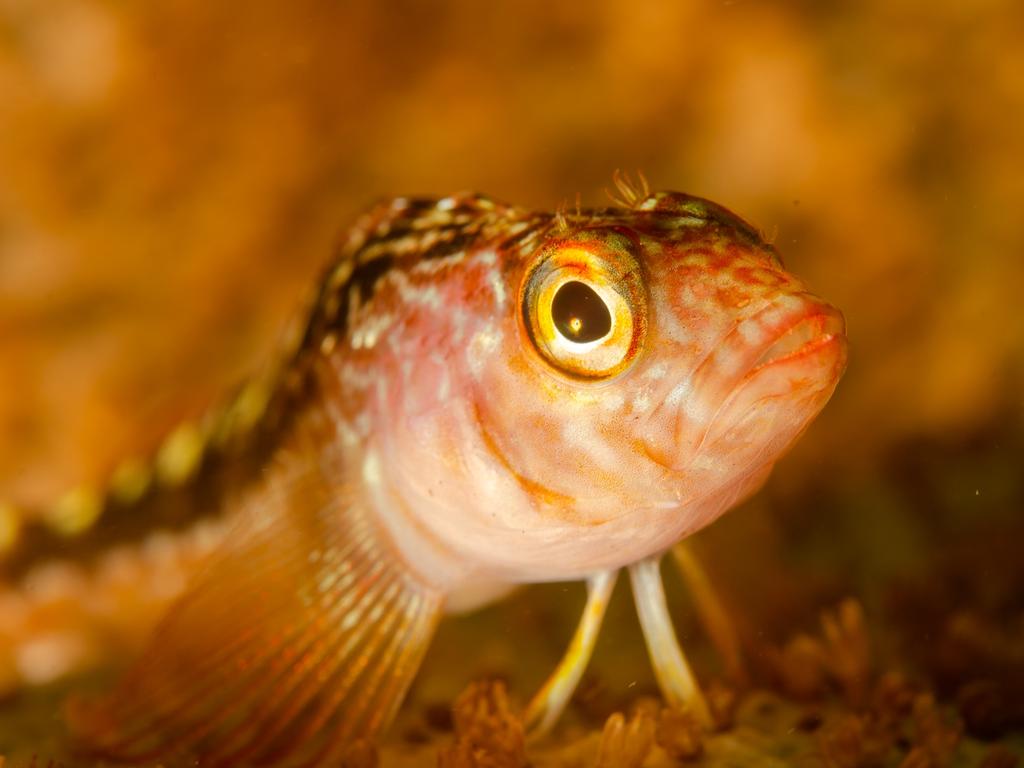
Seadragons member Simon Brooks agrees, saying less is often more when it comes to maintaining natural environments.
“It’s quite interesting what happens if we muster the gumption to leave things alone – my last dive was incredible,” he said.
“It was like going back 20 years when this coastline was thriving and abundant with marine diversity,” he said.
Seadragons member Nick Perkins loves the adventure of diving in the reserve.
“Everything from shrimp and nudibranchs hiding in rock crevices to huge stingrays cruising by to iridescent cowfish glowing in the torch on a night dive – what a gem,” he said.
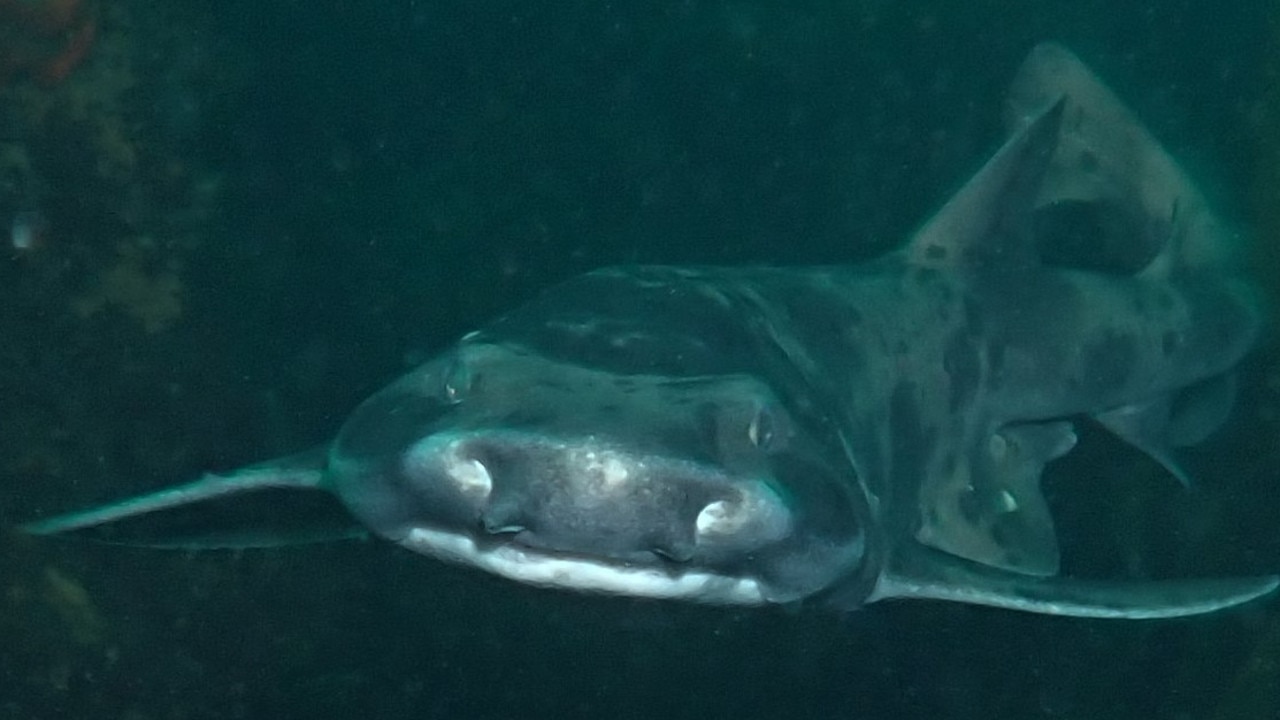
Mr Perkins said Tinderbox was the place where many southern Tasmanians were introduced to diving, practising there before moving on to more challenging locations.
“It’s close to Hobart, usually nice and sheltered, has a barbecue area to socialise in after a dive and you can drive to within a few meters of the beach entry point,” he said.
“You get an amazing array of marine life to wonder at and photograph too.”
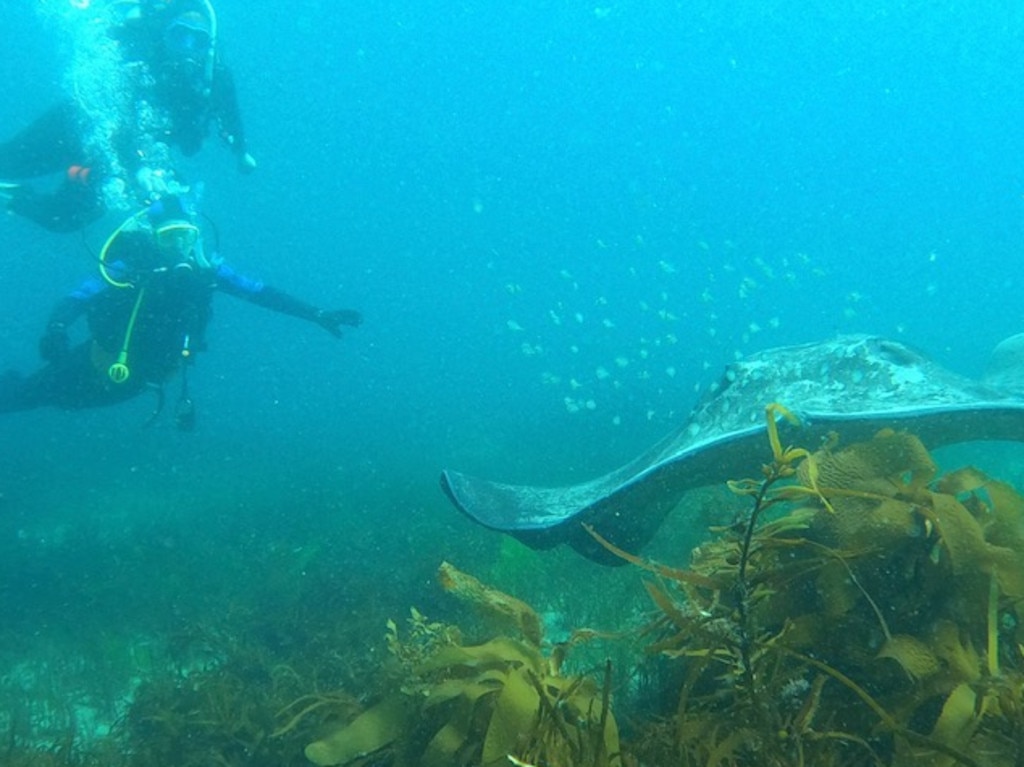
After years of enjoying the reserve, Mr Perkins likes to help clean off the educational plaques for children snorkeling nearby, giving something back to the reserve that has given him so much.
“The plaques are 30 years old now and could do with replacement, but it’s a wonderful educational tool that encourages people to get in the water and experience our marine environment,” he said.
Keith Thomas-Wurth is still an avid diver at 74 and a passionate advocate for the need to give nature some breathing space.
“The marine reserve allows us to visit a thriving aquatic community,” he said.
“Sea creatures benefit by having a place secure from exploitation to live their natural lives and thrive.”

Seadragons member John Ryan – who was born in New Zealand where marine reserves have been working well for decades – enjoys recreational and fishing water pursuits and has interesting insights into the reserve.
“I am a keen fisherman as well as a diver and I think many fishers recognise that marine reserves like Tinderbox are a positive move,” Mr Ryan said.
“I think a good example is the Poor Knights Islands (marine reserve) in New Zealand which is a world-renowned dive site and the adjacent waters are also famous for game fishing.”
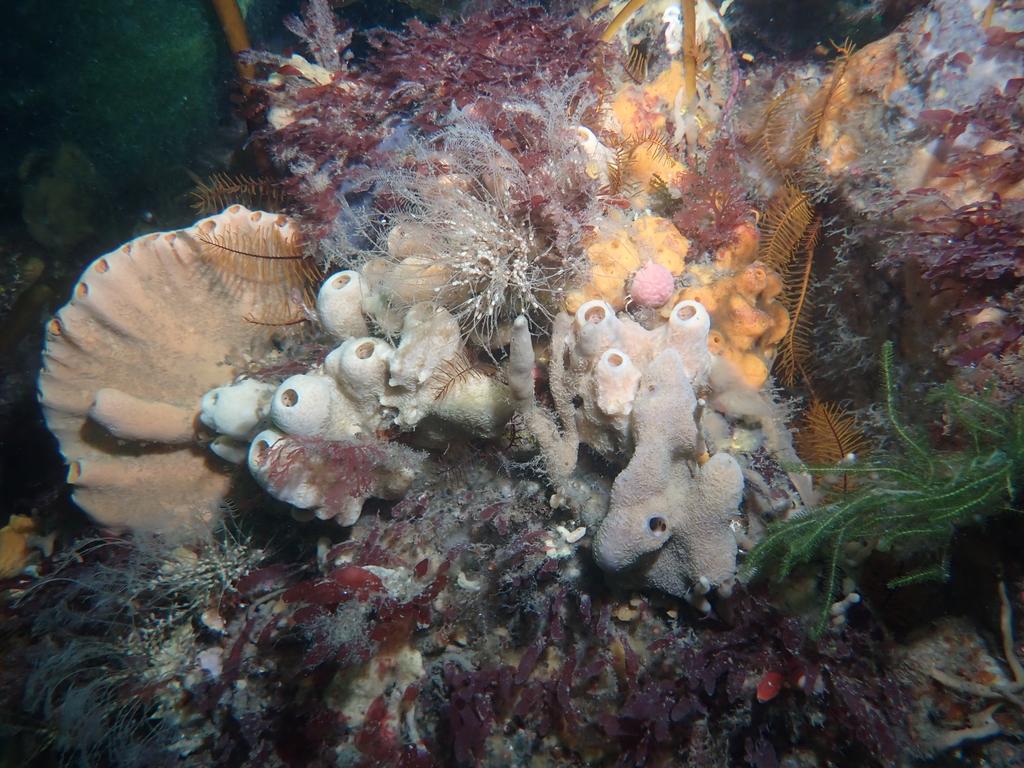
However, the Tinderbox reserve’s history has not all been smooth sailing, with its establishment met with tension from disgruntled local fishermen.
Mr Jacques said this passed over time and with the creation of a better fishing regime in the surrounding areas, such as the removal of dredging in the Channel, which used to “scrape all of the life of the bottom”, the waters have recovered and are thriving again.
“The marine park was strongly criticised at the time as an unnecessary restriction on fishing, but the truth was that there were few fish left worth catching, and you would only occasionally see a fishing boat in the area when the weather was bad elsewhere,” Mr Jacques said.

The reserve is one of 21 created throughout the state to protect the biological diversity and resources of coastal waters. Tinderbox was one of the state’s earliest attempts to “protect an ocean area in a marine park”.
The result is clear.
“Suddenly a whole new world is emerging that we didn’t realise existed,” Mr Jacques said.
“That is because we didn’t understand just how ‘run down’ the area was before it was protected. Now it’s a marvel.”
Mr Jacques, who is the co-ordinator of group Tasmanians for Marine Parks, would like to see more marine parks in established Tasmania.
“We are really starting to put a lot of pressure on our oceans and it is timely to set aside areas of high biodiversity that are allowed to continue doing their thing free from human interference,” he said.
“We need to have what we call an insurance policy, little pools of biodiversity so when we make mistakes (in over-development of the water) it is not the end of the story.
“It’s nice to know those areas are preserved and that kind of wilderness space still exists in a world that is running out of wilderness.”

Mr Jacques said Tasmania’s forests were a well-known and protected wilderness but the ocean surrounding the state was “its biggest wilderness and its most neglected one”.
“We are not really aware of how special and how big it is, we are very blind to what is going on under the water,” he said.





